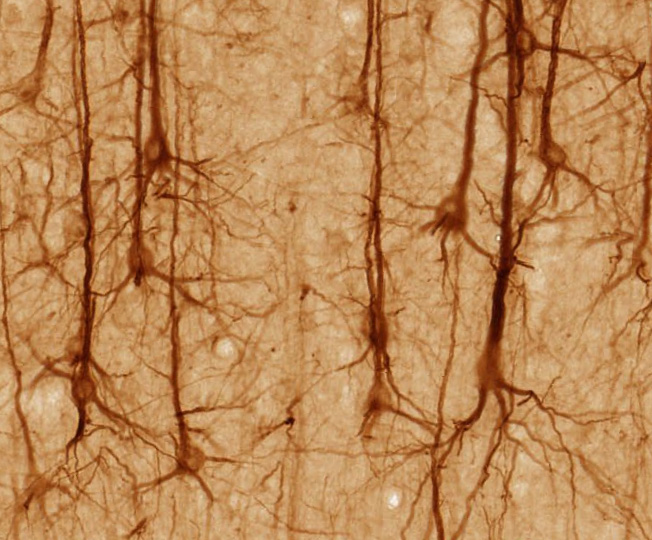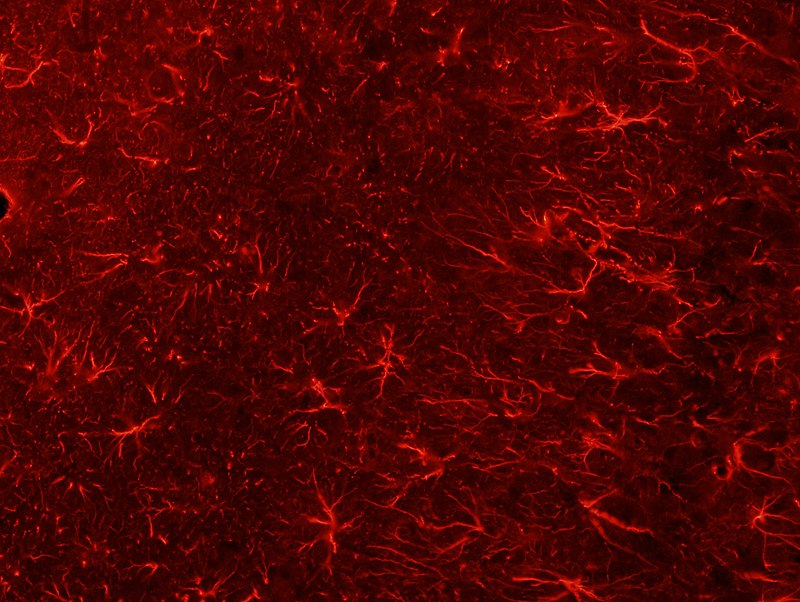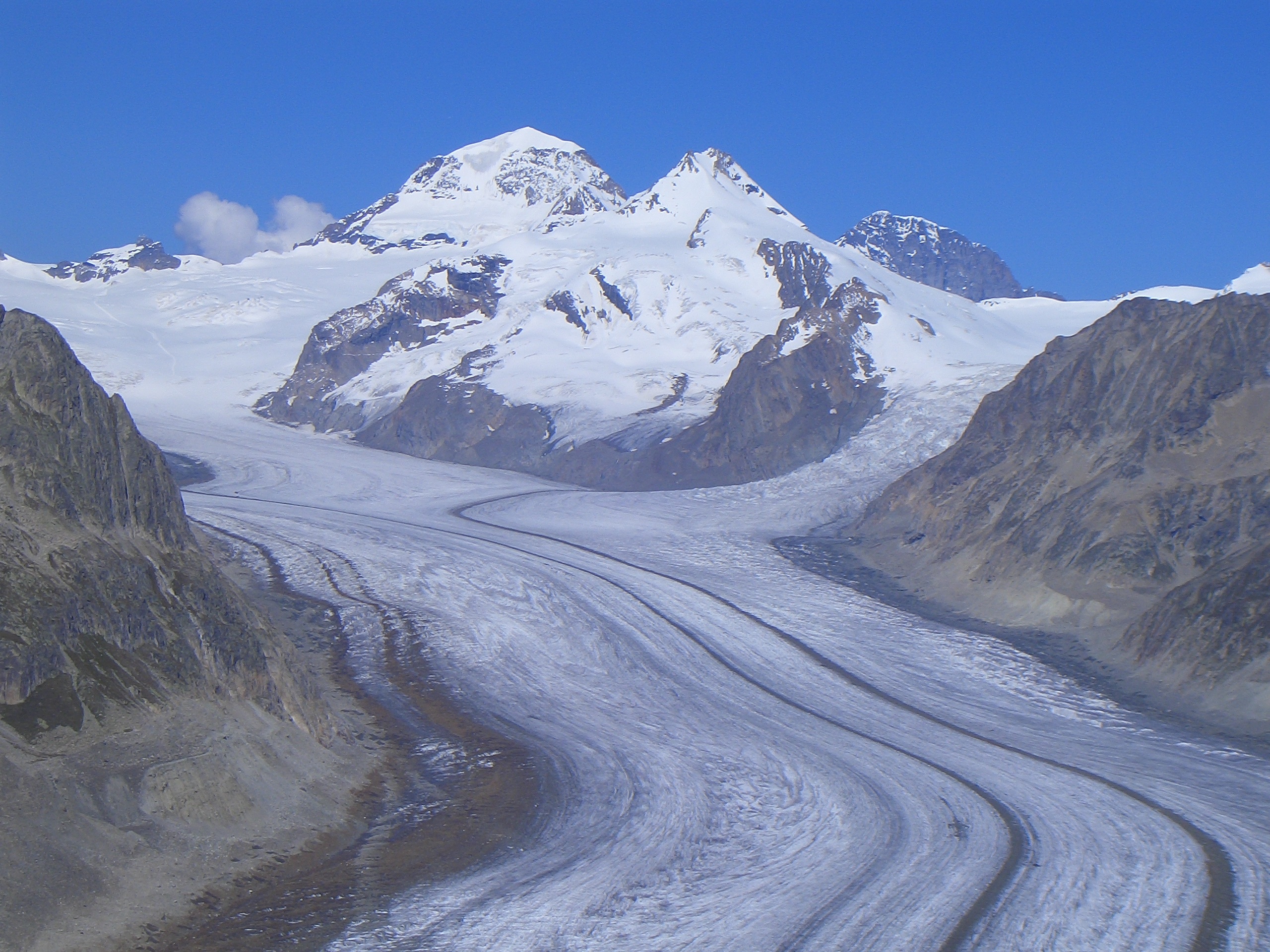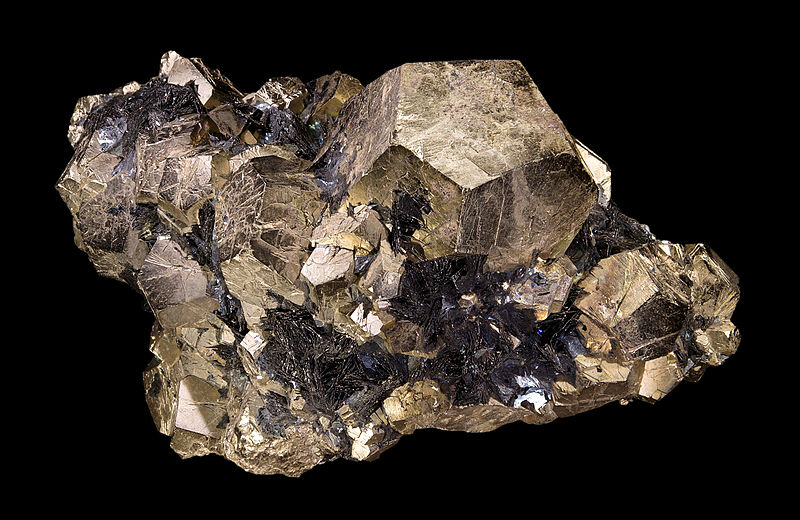Have you ever been frustrated by your bank account being hacked? It turns out that something far removed from the bustle of Wall Street could unlock the secret to securing your bank account from hackers. Research by Patrick Hayden, a physics professor at Stanford University; and Alex May, a master’s student at the University of British Columbia; found that the location and time of quantum information (information stored in microscopically small particles where matter and energy converge) are only limited by two fundamental physics laws (causality and no-cloning). Causality is an application of the fact that there needs to be a cause for an effect, and no-cloning means that quantum information cannot be copied.

Aerial view of the University of British Columbia’s Vancouver campus. Image by Flickr user justiceatlast; published under the Creative Commons license.
The video below provides information on the theory behind how this works.
https://www.youtube.com/watch?v=M1dKTB9DzSA
These findings provide the groundwork for possible usage of quantum encryption (using quantum mechanics for security) in bank accounts, which is far more secure than the encryption used today. With quantum encryption, bank account infiltrations like the Bangladesh Bank incident nine months ago would not occur.

The Federal Reserve Bank of New York. In February 2016, hackers withdrew $101 million from Bangladesh Bank’s account at the Federal Reserve; only a portion of it was recovered. Published under the Creative Commons License; photo courtesy of Wikimedia user Gryffindor.
So how does this information have to do with banking? Understanding how quantum information works can provide a whole new system of encryption, apart from the system we use today in our computers and bank accounts. Whereas hackers can infiltrate “secure” information nowadays with a handful of well-calculated keystrokes, using quantum encryption, the fundamental laws of physics would have to be violated for information to be hacked. That means that using quantum encryption, unless someone finds a way to break what we know about physics, you will not need to worry about your bank account and passwords being hacked ever again.
In addition, the research has applications in computing. While quantum mechanics can make encryption more secure, thus preventing hacking, quantum computing uses quantum mechanics differently. Quantum computers are much more powerful than the computers we use on an everyday basis, and they can perform decryption (unlocking the encryption) of security codes that we have available today with relative ease. Also, quantum computers can perform computational tasks 100 million times faster than a regular computer. In fact, quantum computing is such a big deal nowadays that even an organization like the United States’ National Security Agency (NSA) is currently in a race to develop its own quantum computer before anyone else.

Photograph of a chip made by D-Wave Systems, Inc. that is designed to work inside a quantum computer. Shared under the Creative Commons license; image courtesy of D-Wave Systems, Inc.
The podcast below describes some of the research’s applications in more detail.
With all these potential developments, the research opens the gate to an exciting future.








